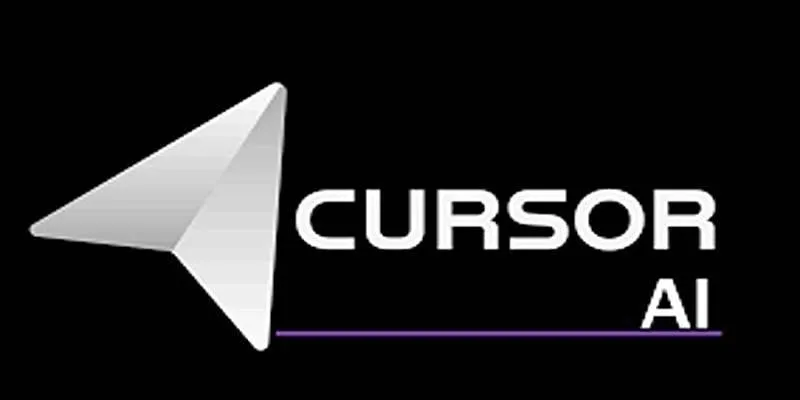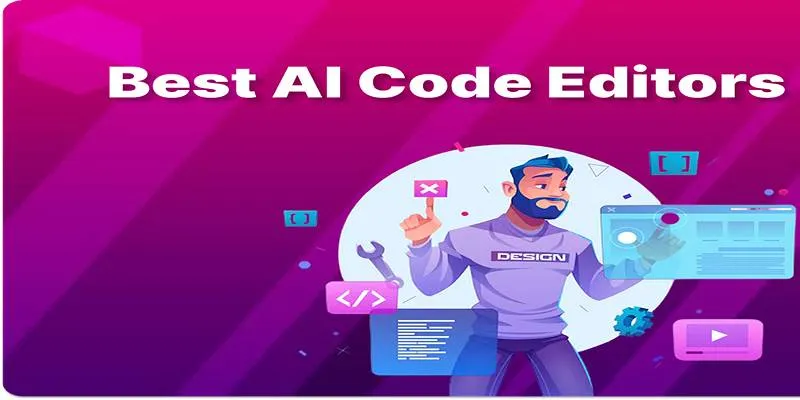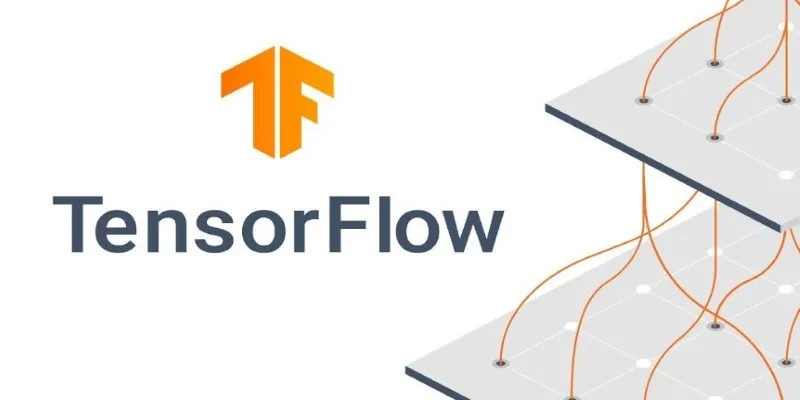In today’s fast-paced world of software development, developers prioritize efficiency, speed, and accuracy. To achieve these goals, many are turning to AI tools designed to streamline workflows, enhance code quality, and save valuable time. Among the top AI-assisted coding tools are Windsurf and Cursor AI, both popular for their unique offerings.
While both Windsurf and Cursor AI aim to expedite and refine the coding process, they differ significantly in their operation, features, and target users. This post provides a comprehensive comparison of Windsurf and Cursor AI from a developer’s perspective, helping you decide which tool performs better in real-world coding scenarios.
Understanding Windsurf
Windsurf is a lightweight AI assistant built to integrate seamlessly with popular IDEs like Visual Studio Code. Unlike tools that aim to replace the developer’s environment, Windsurf enhances existing workflows without disruption. It functions as a plugin-style AI companion, offering powerful autocomplete, bug detection, and code generation features without requiring a complete switch in tools.
Key Features of Windsurf
Windsurf is lauded for its simplicity and adaptability. Key features include:
- Smart code suggestions based on context
- Lightweight integration into popular IDEs
- Minimal setup and quick startup
- Support for multiple programming languages
- Local-first processing for enhanced privacy and speed
Windsurf is particularly advantageous for enterprise developers and collaborative teams due to its secure architecture and seamless compatibility with existing development environments.
Understanding Cursor AI

Cursor AI is an advanced AI code editor that offers more than just code suggestions—it transforms the way developers interact with code. Unlike Windsurf, Cursor functions as a standalone IDE powered by large language models, providing a fully integrated AI experience specifically tailored for software development.
Key Features of Cursor AI
Cursor AI is designed for developers seeking deep AI integration at every stage of the development process. Its key features include:
- AI-assisted code editing using natural language prompts
- Refactoring and optimization tools with ease
- Bug fixing support through conversational AI interactions
- Inline suggestions and contextual understanding
- Comprehensive integration with GitHub and documentation tools
Cursor AI is especially appealing to solo developers and startups open to adopting new development workflows for enhanced AI automation.
Core Differences: Windsurf vs Cursor AI
Though both tools leverage AI to enhance code writing, their approaches differ. Understanding these core differences can help developers choose the right tool for their needs.
Editor Integration
- Windsurf integrates with existing IDEs like VS Code.
- Cursor AI operates as a standalone editor, independent of third-party environments.
Windsurf’s approach is non-intrusive, while Cursor AI replaces the traditional IDE experience with a fully AI-powered environment.
Learning Curve
- Windsurf is intuitive and easy to adopt, especially for developers familiar with their IDE.
- Cursor AI requires developers to adapt to a new editor and AI-first workflow.
Development Approach
- Windsurf enhances code writing with context-aware suggestions.
- Cursor AI offers complete interaction through prompts, transforming entire functions and files on command.
This makes Cursor a more experimental tool, whereas Windsurf keeps developers grounded in their current structure.
Performance and Productivity
In real-world coding, performance and productivity are crucial considerations.
Windsurf’s Productivity Gains
Windsurf is ideal for increasing productivity without disrupting existing processes. It enhances typing speed, reduces time spent on boilerplate code, and aids in debugging minor errors through AI suggestions. Developers using Windsurf often find improved code completion rates without frequent consultation of documentation.
Benefits of Windsurf include:
- Faster code writing using familiar tools
- Smooth collaboration within teams
- Minimal learning curve
- Increased focus on logic rather than syntax
Cursor AI’s Deep Automation
Cursor AI offers aggressive productivity boosts, especially for full-code generation or rapid refactoring tasks. Developers can describe tasks, and Cursor updates the code automatically. However, this requires trust in the AI’s decision-making and adaptability to its interface.
Benefits of Cursor AI include:
- High-level automation for solo development
- Fast refactoring and debugging
- Prompt-based coding reduces manual tasks
- Ideal for rapid prototyping
Collaboration and Team Environments
Team developers often need tools that integrate well with version control systems, documentation platforms, and shared environments.
- Windsurf excels in these settings. Its focus on IDE integration allows developers to work within the same toolset, avoiding unfamiliar platforms.
- Cursor AI, while powerful, is better suited for individual use or small teams that can adopt a unified, AI-first approach.
Windsurf supports traditional workflows, making it a preferred option for large teams and enterprise settings.
Code Security and Privacy

Security is a growing concern for developers using cloud-based AI tools.
- Windsurf addresses this by offering local-first AI processing, ensuring code remains on the local machine unless specified otherwise.
- Cursor AI utilizes cloud-based LLMs, which may raise concerns for teams working with confidential or proprietary code.
In regulated industries or enterprise software development, Windsurf’s security model offers a clear advantage.
When to Choose Windsurf
Windsurf is best suited for:
- Developers who prefer working within their current IDEs
- Teams and enterprises concerned about data privacy
- Projects with established workflows
- Those seeking a simple, smart assistant rather than a full platform switch
When to Choose Cursor AI
Cursor AI is ideal for:
- Solo developers or small startups building from scratch
- Users interested in full AI-code interaction
- Projects needing quick prototyping or frequent refactoring
- Developers open to a new editor experience
Conclusion
Choosing between Windsurf and Cursor AI ultimately depends on the developer’s goals, team size, and comfort with new tools. Windsurf offers stability, simplicity, and collaboration-friendly features, making it an excellent addition to most developers’ toolkits. In contrast, Cursor AI pushes boundaries with its AI-driven environment, ideal for those seeking a futuristic, prompt-based development experience. Both tools bring innovation to the coding world—the best choice depends on whether developers want to enhance their current workflow or replace it with something new.
 zfn9
zfn9























